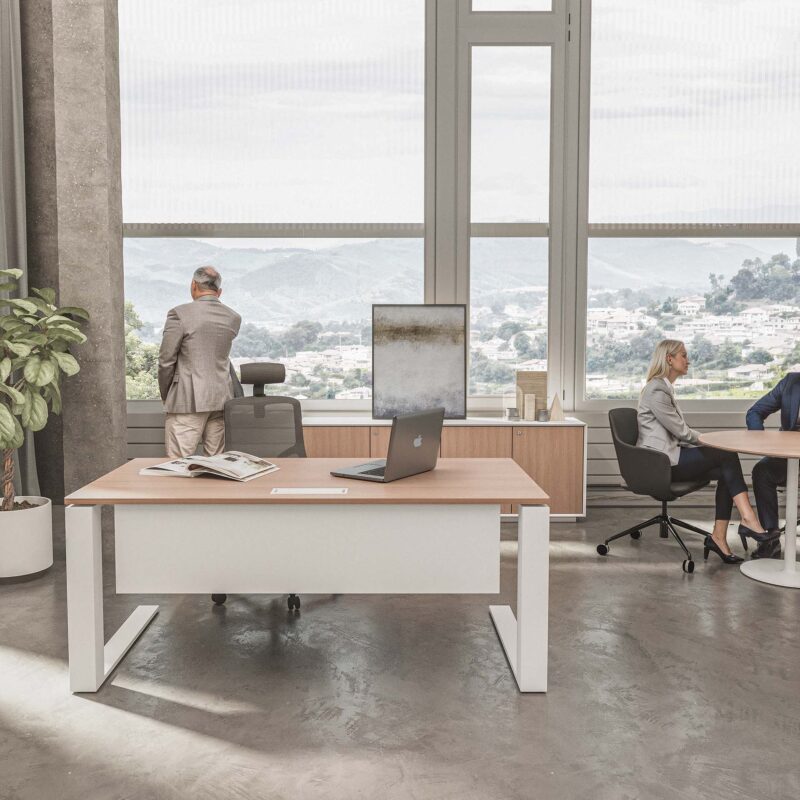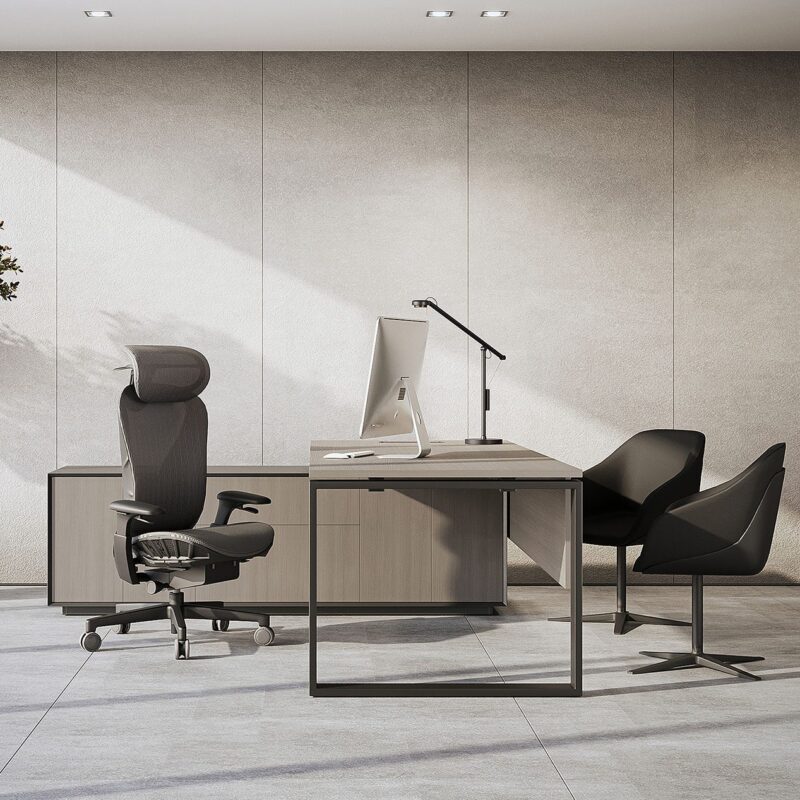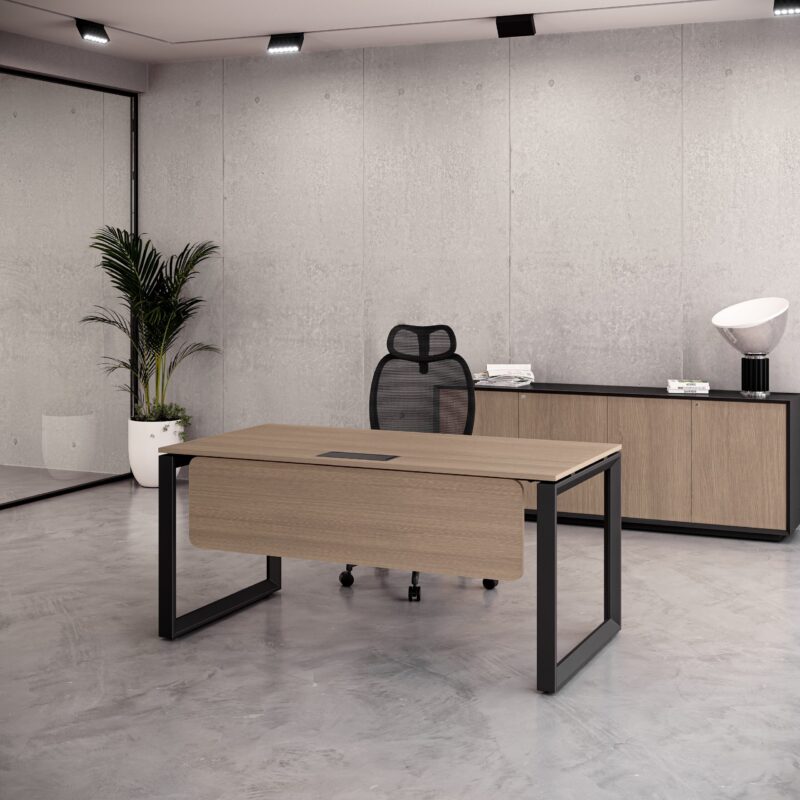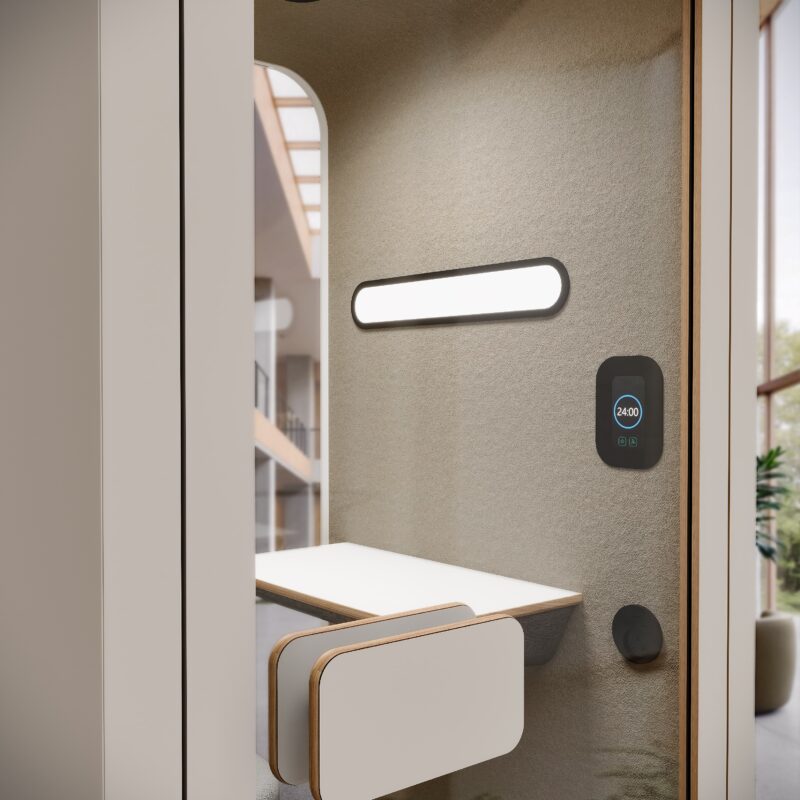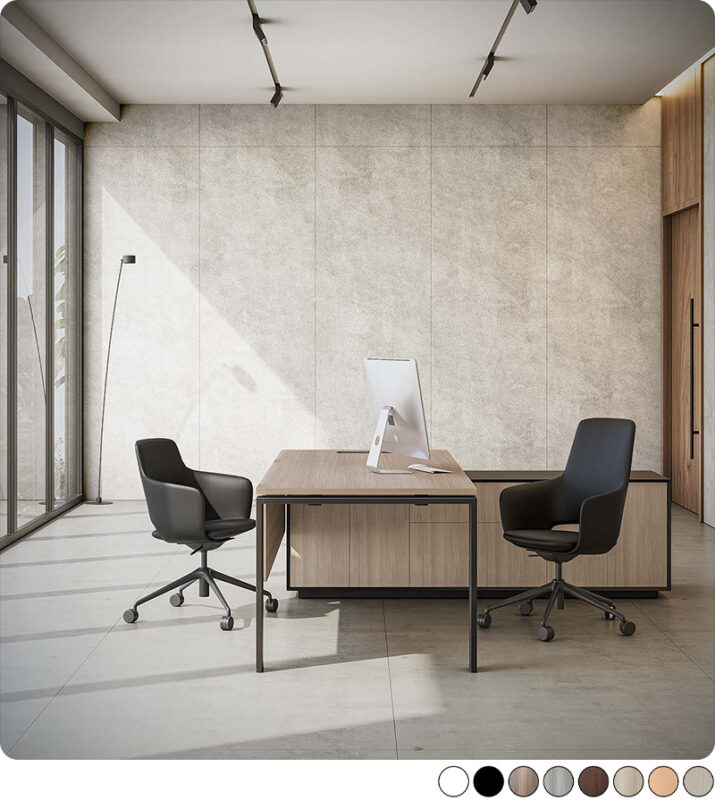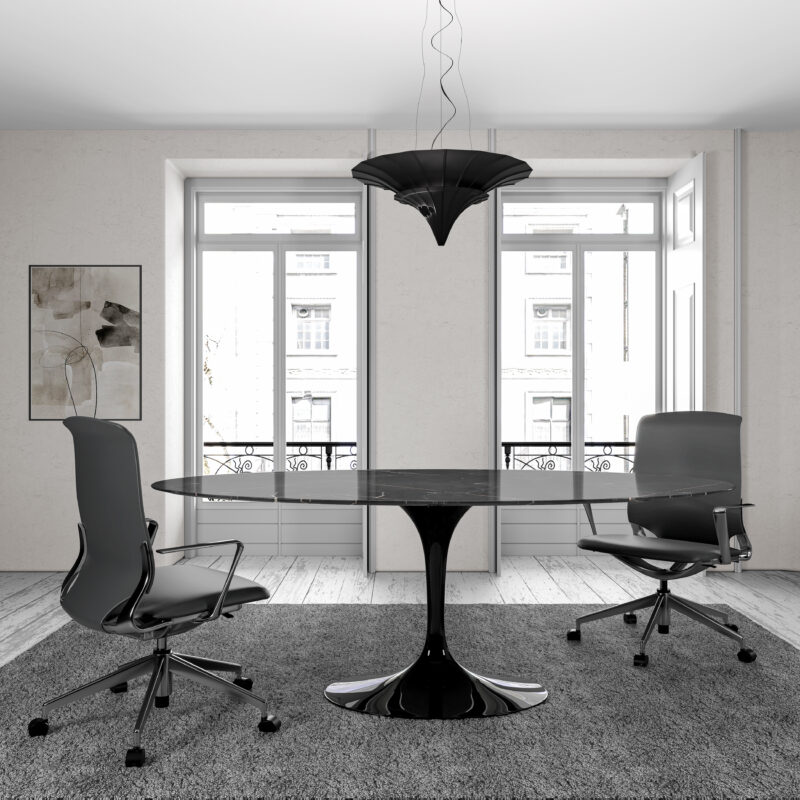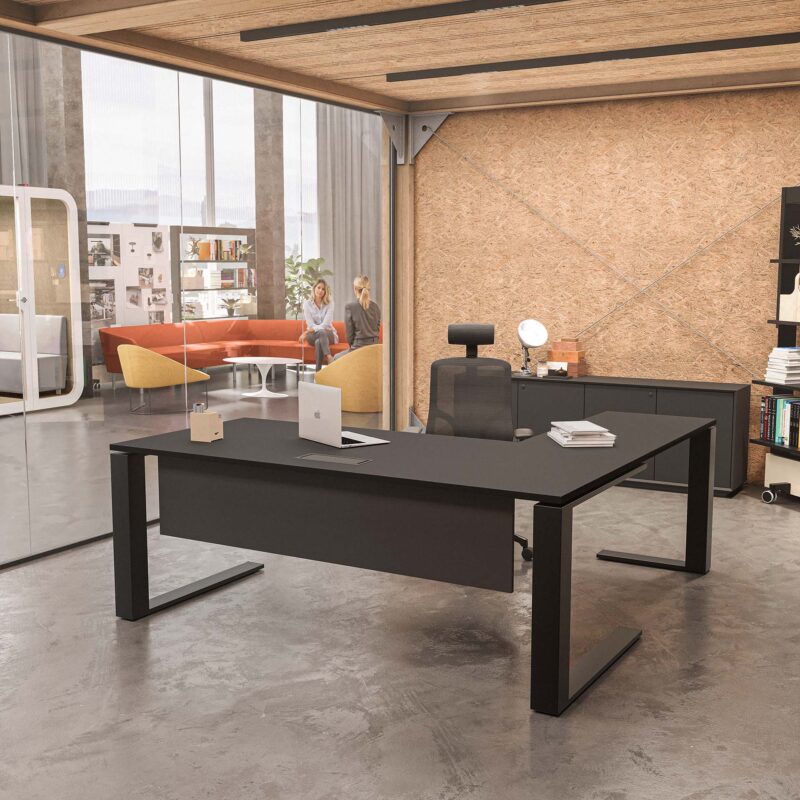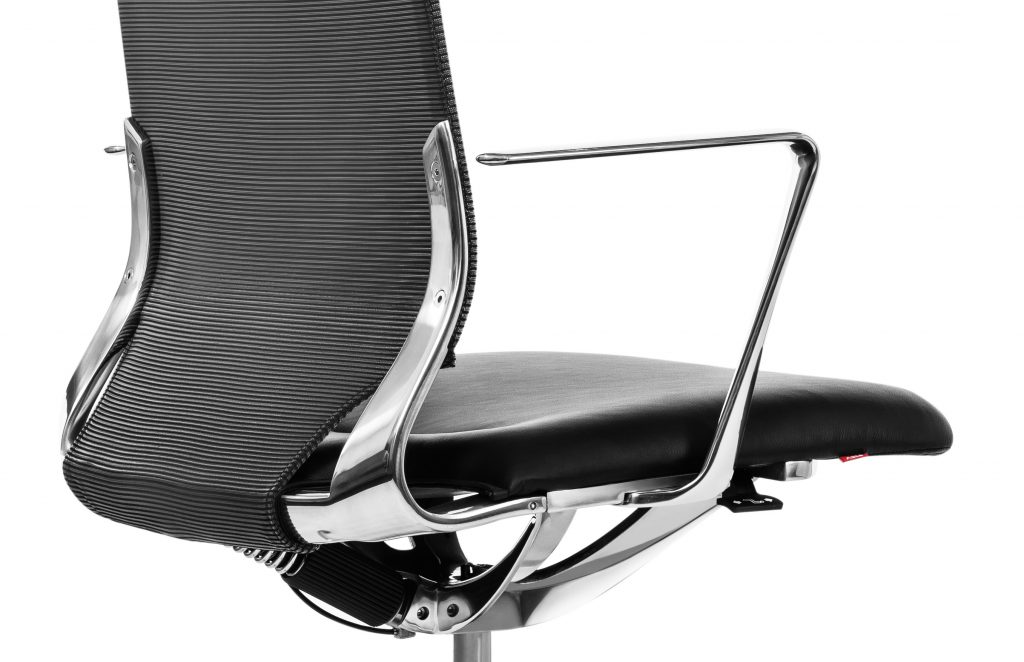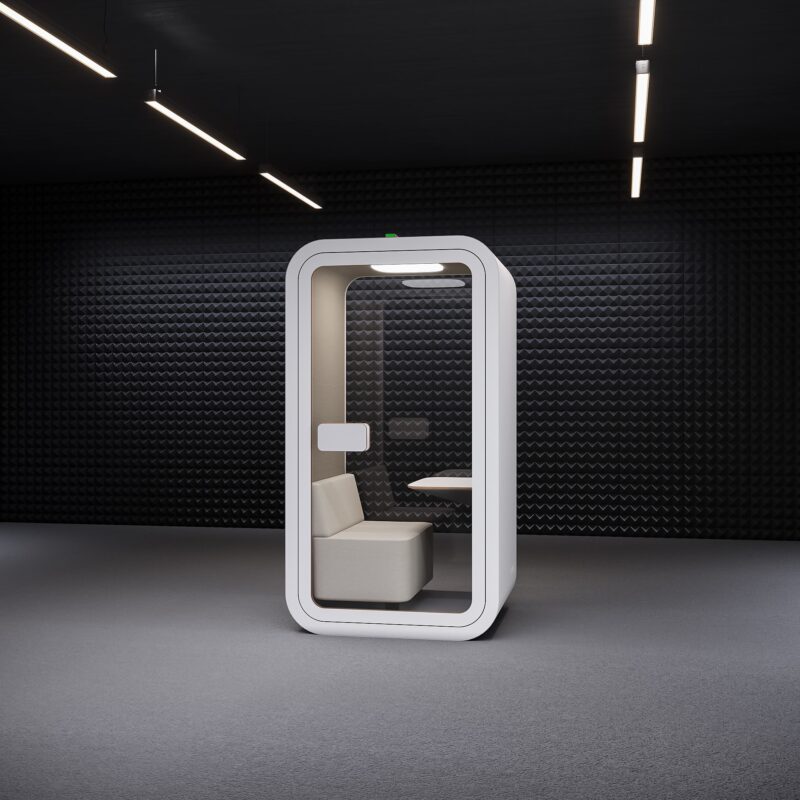What’s the Difference Between Executive and Standard Office Furniture?
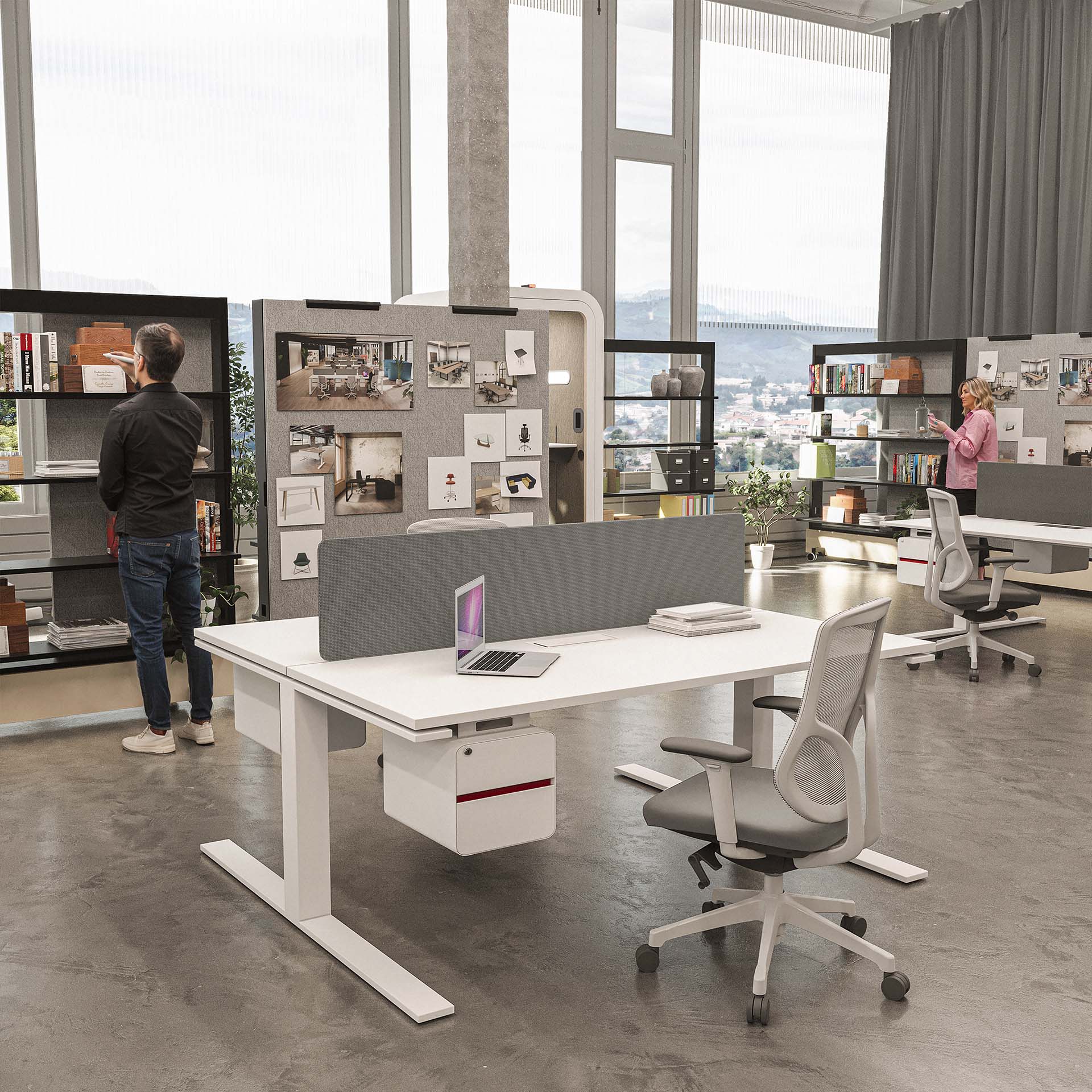
What’s the Difference Between Executive and Standard Office Furniture?
People often overlook how much office furniture matters when building a good office space. It’s not just about having places to sit or store things. The desks, chairs, and storage solutions affect workers’ feelings during the day and influence productivity, like how quickly tasks get done. Visitors immediately pick up on this, forming opinions about the business just from the setup. A lot of companies wonder about this. Should they go for executive-level furniture, or stick with the regular kind? Both get the job done in fundamental ways. But they vary a ton when you look at the designs, what materials get used, how functional everything is, and the price tags. We’ll go over those key differences here. That way, you can figure out what makes sense for your needs.
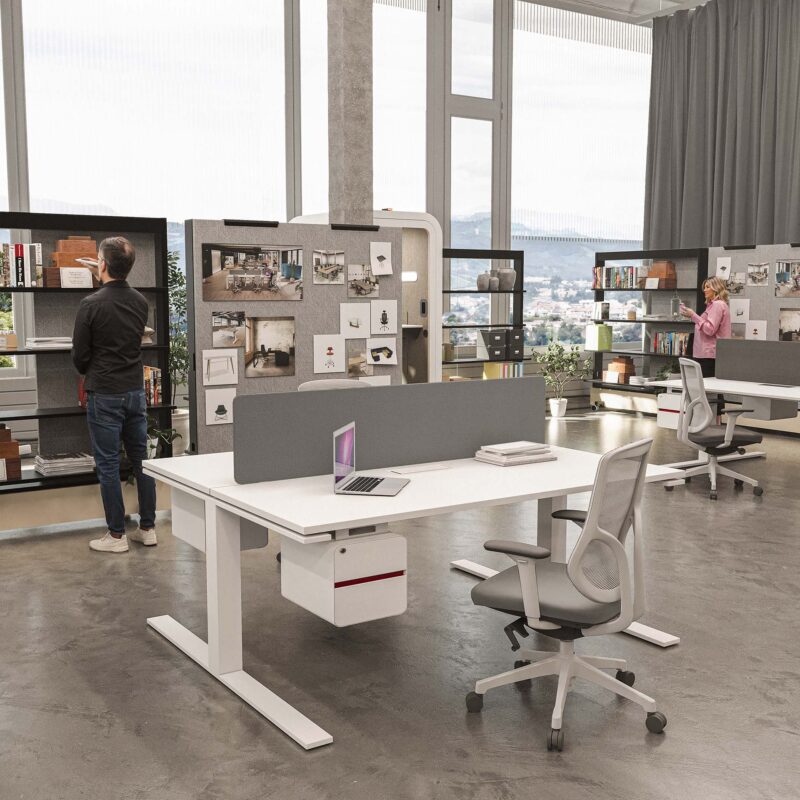
Design and Aesthetics
Style and Presence
Executive furniture really grabs your eye right away. Those big desks with that shiny polish on them. Or a leather chair that towers over everything. It all screams authority without even trying. Standard furniture, though, is more about getting the job done. Workstations that fit just right. Modular desks you can tweak as needed. They’re uniform and neat, super compact too. Practical in every way, but they don’t exactly dominate the room.
Customization and Variety
Executive furniture, such as L-shaped desks or U-shaped ones, often involves a lot of customization. The craftsmanship gets really detailed. These pieces are designed to show off that leadership vibe. Standard office furniture, though, goes for uniformity and scalability instead. It has fewer style options but integrates easily into those open-plan setups.
Materials and Craftsmanship
Material Quality
Executive furniture mainly covers solid woods, veneers, leather and polished metals. That setup makes them look really luxurious. Plus, they hold up for decades without much trouble. Standard furniture, though, is all about laminate and particleboard, with some fabric thrown in. It keeps things lighter on the budget, for sure. But yeah, it wears out faster and gets that tear and tear quicker than you’d like.
Craftsmanship Detail
Executive furniture tends to have bevelled edges, fancy ornate handles, and even soft-close drawers that make everything feel smoother. They boost the look and how it all works together. Standard furniture, though, is all about holding up over time, especially when making a bunch of it. So designs stay simple, easy to crank out, and swap when needed.
Functionality and Ergonomics
Features and Storage
Executive furniture has these advanced features built right in. Things like storage compartments, cable management, and even some hidden spots. It really cuts down on clutter. Makes the whole workspace feel more streamlined. A good executive desk often comes with side credenzas or those return units attached. Standard furniture, though. It just sticks to the basics: modular storage cabinets. Simple shelving that handles everyday needs. No fancy extras or anything.
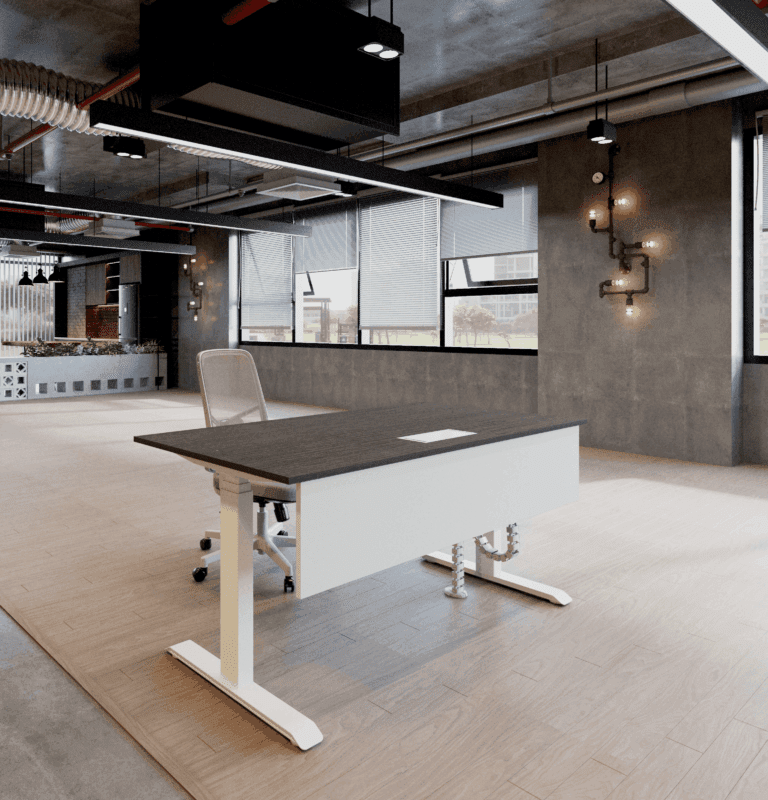
Ergonomic Support
Executive chairs handle long workdays well. They come with lumbar adjustments, headrests, and premium cushioning, which makes a difference after work hours. Standard task chairs aim for comfort, too. But they keep it basic, just height and tilt tweaks, not much fancy like the customization in the executive ones. Sit-stand desks appear in offices these days, suitable for alternating between sitting and standing.
Cost and Value
Upfront Investment
Executive furniture costs more up front, but it pays off down the line with how long it lasts, plus the status it brings and the way it impresses clients and even the staff who see it every day, like solid wood workstations. These pieces can go for decades without looking dated, still feeling timeless, no matter what.
Practical Affordability
Standard furniture is the smart, cost-saving option for most setups. You can outfit an open office space with uniform workstations, phone pods, and basic task chairs, and businesses scale up fast that way. Standard furniture does not carry the same kind of prestige. Still, it delivers all the functionality you really need. And that comes at a lower price tag, plus way more flexibility overall.
Read Also: How to choose the right office furniture
Choosing the Right Furniture for Your Workplace
So, which option should you pick, executive or standard? The answer really depends on what you’re aiming for. If you’re trying to show off some prestige, authority, and long-term value, then executive furniture makes sense as an investment. But if affordability, flexibility, and room for a growing team are more your focus, standard furniture is the more innovative way to go. In many modern offices, the best setup is a mix of both: executive desks and ergonomic chairs in the leadership spots, paired with modular workstations, sit-stand desks, or even collaborative phone pods for the staff areas. That’s where partnering with a trusted provider comes in handy. A good furniture expert ensures you dont have to go all one way or the other. Instead, they find a balance that fits your company’s image and keeps productivity. At Urban 411, we guide businesses to solutions that balance prestige and practicality. We help design workplaces that inspire and stay efficient.
FAQs
Executive office furniture focuses on prestige, premium materials, and advanced features, while standard furniture prioritizes affordability and functionality.
Yes, executive office furniture offers long-term durability, a professional image, and ergonomic comfort, making it a valuable investment for leadership roles.
Absolutely. Many standard options, such as sit-stand desks and ergonomic task chairs, provide comfort and support while remaining budget-friendly.
Consider your budget, office size, company culture, and goals. Many businesses blend executive desks for leaders with standard workstations for teams.



